General Landscape Uses: Accent flowering shrub. Also useful in buffer plantings.
Ecological Restoration Notes: It can be used sparingly as an understory shrub in pine rocklands or along rockland hammock edges.
Description: Small tree or medium to large shrub with an irregular, often flat-topped crown. Trunks usually short, with many ascending branches. Trunks to 1 foot in diameter, but usually much smaller. Bark pale brown, thin. Leaves leathery, about 1 to 1 1/2 inches long.
Dimensions: Typically 5-15 feet in height; to 35 feet in South Florida. Often as broad as tall or broader.
Growth Rate: Slow to moderate.
Range: Monroe County Keys and Miami-Dade County; West Indies. Very rare or absent in the middle Monroe County Keys.
Habitats: Pine rocklands and rockland hammocks.
Soils: Moist, well-drained limestone soils, with or without humusy top layer.
Nutritional Requirements: Moderate to low; it prefers soils with organic content, but will still grow reasonably well in nutrient poor soils.
Salt Water Tolerance: Low; does not tolerate long-term flooding by salt or brackish water.
Salt Wind Tolerance: Moderate; grows near salt water, but is protected from direct salt spray by other vegetation.
Drought Tolerance: High; does not require any supplemental water once established.
Light Requirements: Full sun to light shade.
Flower Color: White to pink, turning dark red as the flowers age.
Flower Characteristics: Showy clusters of 5-12 flowers.
Flowering Season: All year; peak spring-summer.
Fruit: Reddish brown, berry-like drupe. Edible.
Wildlife and Ecology: Provides food and cover for birds. Larval host plant and nectar source for Florida duskywing (Ephyriades brunnea) butterflies. The larvae of the Florida duskywing protect themselves from predators by constructing shelters of a few leaves tied together with silk. Birds eat the fruits.
Horticultural Notes: Can be grown from de-pulped, scarified seeds, or cuttings. Plant seeds right away as they do not store well. Germination is within a month.
Comments: Plants in the Florida Keys tend to be large shrubs or small trees while plants on the mainland tend to be medium shrubs. Plants tend to hold these characteristics from seed, so local seed sources are recommended. It is listed as threatened by the state of Florida.


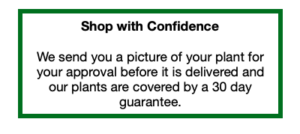
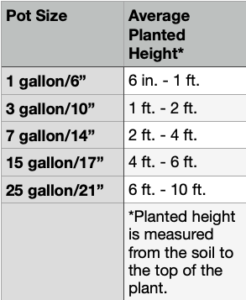
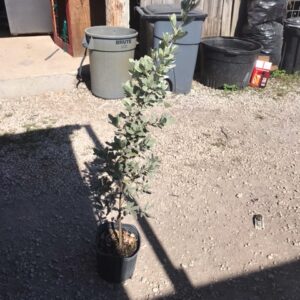
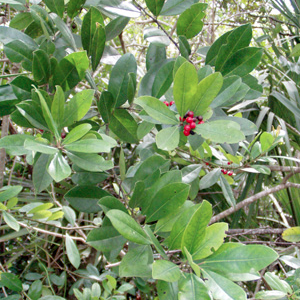

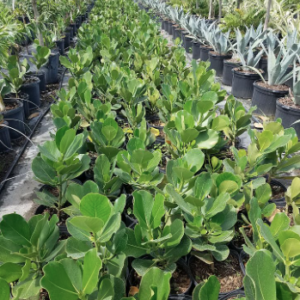
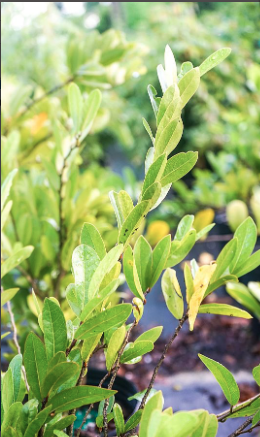
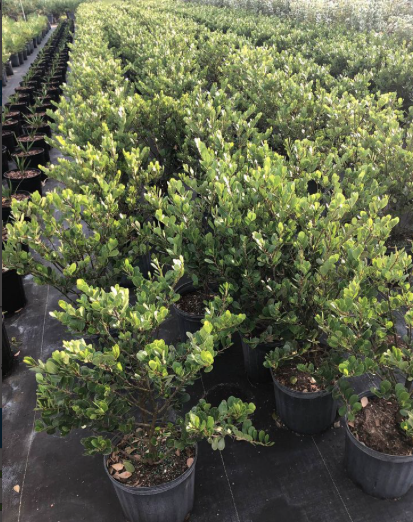
Reviews
There are no reviews yet.